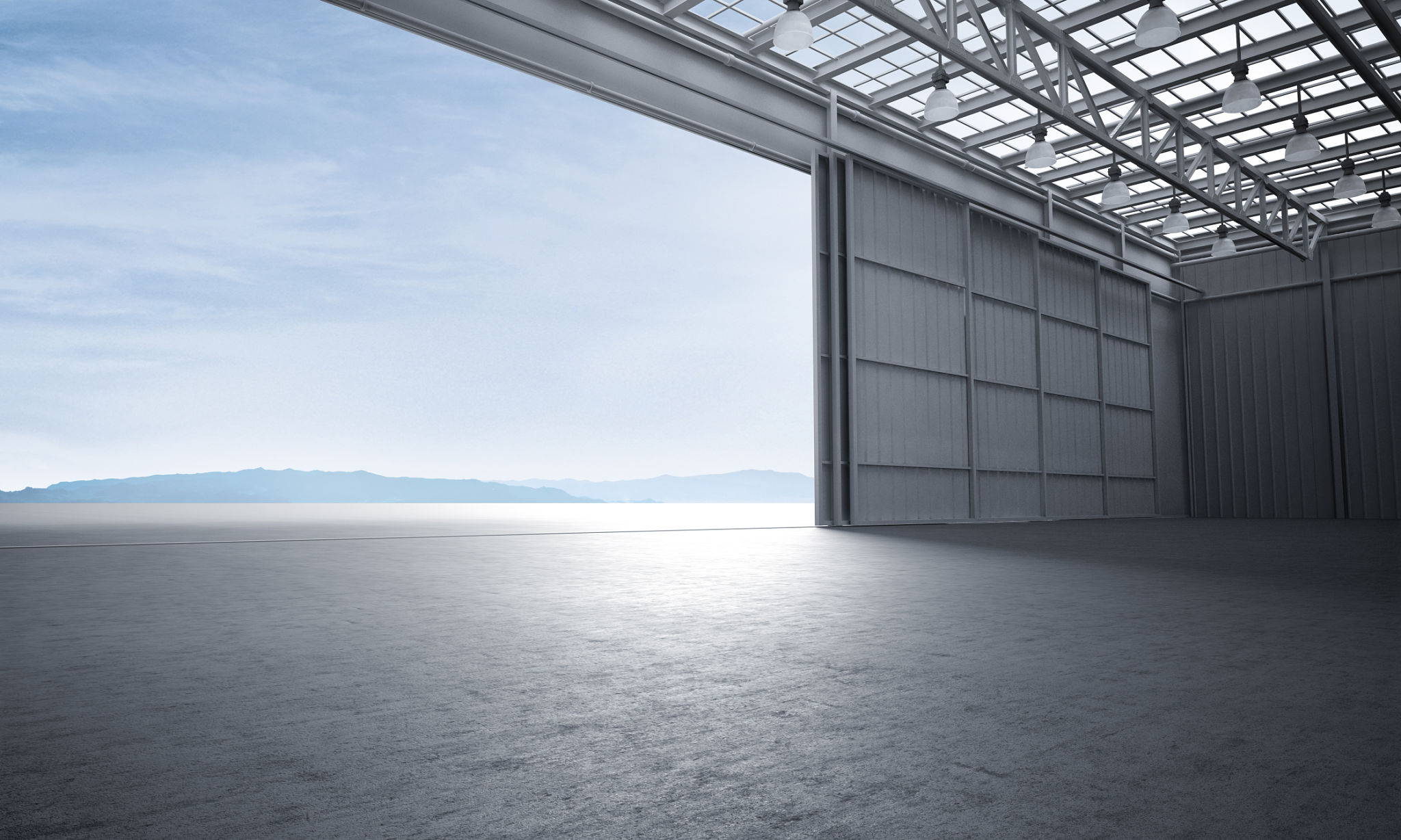Top 5 Minimalist Warehouse Designs for Optimal Efficiency
Embracing Minimalism in Warehouse Design
Minimalist warehouse designs are becoming increasingly popular as businesses seek to enhance efficiency and streamline operations. By focusing on simplicity and functionality, these designs remove unnecessary complexities, enabling smoother workflows and better space utilization. In this post, we'll explore the top five minimalist warehouse designs that can significantly improve operational efficiency.
1. Open Floor Plans
One of the key features of minimalist warehouse design is the implementation of open floor plans. This approach eliminates unnecessary walls and divisions, creating a more flexible and adaptable space. An open layout not only facilitates better movement of goods and personnel but also allows for easy reconfiguration of the warehouse setup as business needs change.

2. Modular Storage Systems
Modular storage systems are a hallmark of minimalist warehouses, offering both versatility and efficiency. These systems allow for easy expansion and reorganization, ensuring that storage solutions can adapt to varying inventory volumes and types. By utilizing modular shelving and racking, warehouses can maximize vertical space while maintaining a clean and uncluttered environment.
Additionally, modular systems often incorporate adjustable components, making it simple to resize or reposition shelving units as needed. This adaptability helps businesses maintain a streamlined aesthetic without sacrificing practicality.
3. Automated Solutions
Incorporating automation is another critical aspect of minimalist warehouse design. Automated solutions, such as conveyor belts, robotic pickers, and inventory management software, can significantly enhance operational efficiency by reducing manual labor and human error. These technologies streamline processes, allowing for faster turnaround times and improved accuracy in order fulfillment.

4. Sustainable Design Elements
Minimalism often goes hand-in-hand with sustainability. Many minimalist warehouse designs incorporate eco-friendly features such as energy-efficient lighting, natural ventilation, and sustainable building materials. By reducing energy consumption and minimizing waste, these designs not only benefit the environment but also contribute to long-term cost savings for businesses.
Sustainable design elements also include the use of smart technologies to monitor and optimize energy use, further enhancing the efficiency of warehouse operations.
5. Ergonomic Workspaces
Creating ergonomic workspaces is an essential component of minimalist warehouse design. By prioritizing the comfort and safety of employees, businesses can boost productivity and reduce the risk of workplace injuries. Ergonomic designs focus on optimizing the layout of workstations, ensuring that tools and equipment are easily accessible while minimizing physical strain on workers.

The Benefits of Minimalist Design
Adopting a minimalist approach in warehouse design offers numerous benefits beyond improved efficiency. It fosters a clean and organized environment, enhancing the overall aesthetic appeal of the space. Moreover, minimalist designs often require less maintenance and upkeep, freeing up resources to focus on other critical aspects of the business.
In conclusion, by implementing these top five minimalist warehouse designs, businesses can create a more efficient, adaptable, and sustainable operation. Embracing minimalism not only streamlines processes but also ensures that warehouses are well-prepared to meet future challenges and growth opportunities.